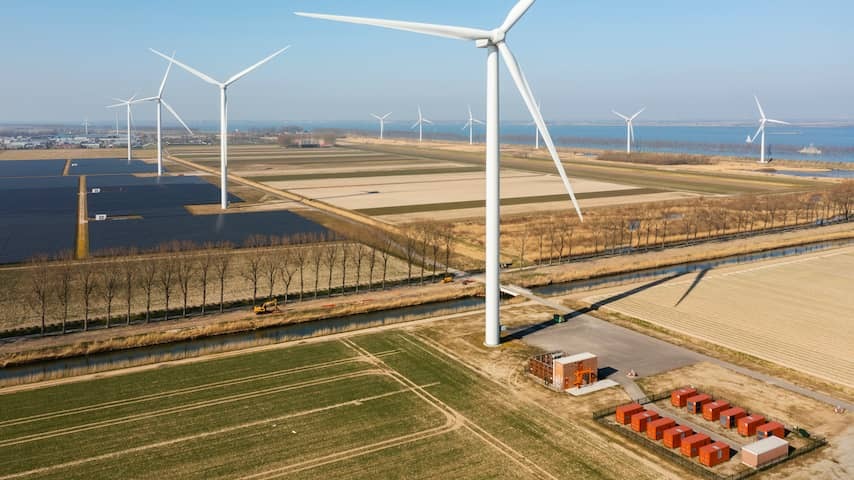
Do you, like nearly 600,000 other households, have a dynamic energy contract? Then you know that the electricity price changes every hour. From October 1st, energy prices will even change every fifteen minutes, but many energy suppliers don’t reflect this.
With a dynamic energy contract, you pay a different price for electricity every hour. This hourly price is determined a day in advance based on the expected supply and demand.
Because more and more energy is generated sustainably with, for example, wind turbines and solar panels, the supply of electricity fluctuates more and more. To respond to this, it has been agreed in Europe that dynamic energy prices will be determined per quarter of an hour from October 1st.
Most households with a dynamic energy contract will not notice any difference for the time being, according to a survey by NU.nl of a large number of energy suppliers. Only energy company Tibber will charge quarter-hourly prices for both existing and new customers.
Energy suppliers such as ANWB Energie, Zonneplan, Frank Energie, Vandebron and Budget Thuis will continue to use hourly prices for the time being. They set this price based on the average of the quarter-hourly prices. None of the companies rule out working with quarter-hourly prices in the future.
Differences Between Hourly and Quarter-Hourly Prices Are Very Small
Energy companies that offer dynamic energy contracts are not required to pass on quarter-hourly prices from October 1st. “At the moment we see little added value in showing our customers 96 prices per day,” explains a spokesperson for Zonneplan. “Especially because those differences will also be very small.”
According to ANWB Energie, energy rates must be “understandable and manageable”. As an example, the company mentions a washing program for a dishwasher. “Such a program lasts two to four hours and is easier to plan with hourly prices than with quarter-hourly prices,” explains a spokesperson.
Energy company Tibber will therefore introduce the quarter-hourly prices. “We see the transition from hourly prices to quarter-hourly prices as a logical and positive step in the further modernization of the energy market,” the company said. “This can not only lead to extra savings, but also helps to keep the electricity grid in balance.”
Energy rates per quarter of an hour can work to your advantage. For example, it becomes possible that the energy rates are negative for not 1 but 1.5 hours and you get paid for using electricity. Or that the period in which the rates are very high is shorter than would be the case with hourly rates.
Dynamic Rates Give Incentive to Desired Behavior
On a weekend day with a lot of wind and sun, there is a lot of electricity supply, but relatively little demand. As a result, there is an imbalance and the electricity price you pay is very low and sometimes even negative.
In that case, you have an incentive to consume electricity, because the electricity price is low or you even get money for it. Returning electricity from your solar panels to the grid costs you money at that time, so you might try to avoid that.
But on a cold, dark and windless winter evening there is a lot of demand for electricity, but little supply. There is also an imbalance on the electricity grid at that time.
You pay a lot for electricity at that time and therefore have the incentive to consume less energy. But there is an incentive to return electricity. For example, from a home battery. Returning energy then gives you a nice compensation.
Nearly 600,000 Dynamic Energy Contracts
About 7 percent of all Dutch households already have a dynamic energy contract, according to market research agency Multiscope. That amounts to almost 600,000 households. That is a significant increase compared to last year, when only 3 percent of all households had such a contract.
Dynamic energy contracts seem to be particularly popular with people with solar panels. This is because most energy companies have been charging so-called feed-in tariffs for fixed energy contracts since last year. As a result, solar panel owners suddenly have to pay the energy company, while in the past they received money back.
With a dynamic energy contract you do not pay feed-in tariffs. Instead, you get or pay the energy prices that apply at that time. If you feed your solar power back at a time with negative energy prices, you pay for it. If the energy prices are positive, you get money for your solar power.